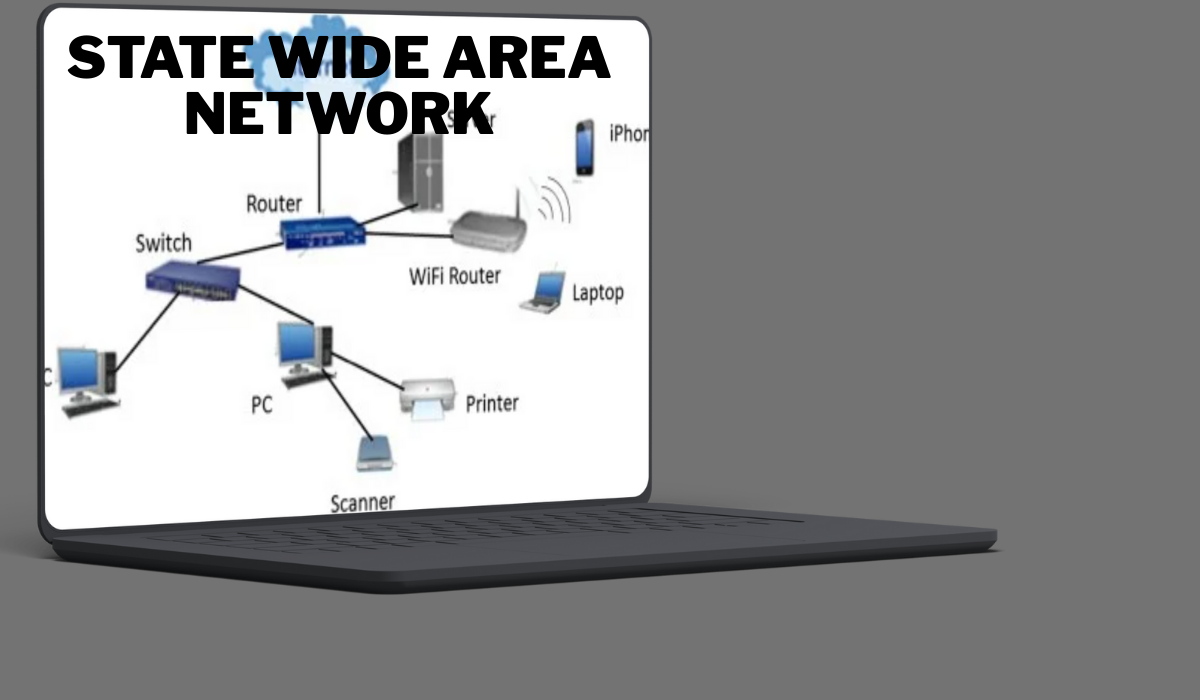Space exploration has opened incredible doors for humanity, but it has also created an unexpected problem lurking above our heads. Satellite litter—also known as space debris or space junk—now poses one of the most pressing challenges for the future of space travel and Earth-based technologies we rely on daily.
From defunct satellites to fragments of rocket boosters, millions of pieces of debris currently orbit our planet at speeds exceeding 17,000 miles per hour. This cosmic garbage dump threatens active satellites, endangers astronauts, and could potentially trigger a cascade effect that makes certain orbital regions unusable for decades.
Understanding satellite litter isn’t just about space science—it’s about protecting the technologies that power GPS navigation, weather forecasting, global communications, and scientific research. As commercial space ventures multiply and more nations launch satellites, the urgency to address this growing problem has never been greater.
This comprehensive guide explores everything you need to know about satellite litter, from its origins and impacts to the innovative solutions being developed to clean up our orbital environment.
Understanding the Sources and Types of Satellite Litter
Satellite litter originates from various human space activities spanning over six decades. The problem began with Sputnik 1 in 1957 and has accelerated dramatically as space technology advanced.
Primary Sources of Space Debris
Defunct Satellites: Thousands of inactive satellites remain in orbit long after their operational life ends. These large objects pose significant collision risks and can break apart over time, creating smaller debris fields.
Rocket Bodies and Components: Upper stages of launch vehicles often remain in orbit after deploying their payloads. These massive objects represent some of the largest pieces of satellite litter currently tracked.
Mission-Related Debris: Intentional releases during space missions contribute substantially to the debris population. This includes lens caps, cables, tools accidentally dropped during spacewalks, and separation mechanisms.
Collision Fragments: When satellites or debris pieces collide, they shatter into thousands of smaller fragments. Each collision creates exponentially more debris, making this source particularly concerning.
Categories by Size and Trackability
Space agencies categorize satellite litter into three main groups:
Large Debris (10cm and larger): Approximately 34,000 pieces are actively tracked by ground-based radar systems. These objects pose immediate collision threats to operational spacecraft.
Medium Debris (1-10cm): An estimated 900,000 pieces exist in this category. While too small for routine tracking, these objects carry enough energy to severely damage or destroy satellites upon impact.
Small Debris (under 1cm): Over 128 million pieces smaller than 1cm orbit Earth. Though individually less dangerous, their sheer numbers create a persistent hazard for spacecraft surfaces and solar panels.
The Environmental and Operational Impact of Satellite Litter
The consequences of satellite litter extend far beyond space, affecting both our orbital environment and life on Earth in measurable ways.
Threats to Active Space Missions
Satellite litter forces the International Space Station to perform avoidance maneuvers several times per year, disrupting scientific experiments and crew schedules. Commercial satellites face similar risks, with operators spending millions annually on tracking services and collision avoidance measures.
The European Space Agency’s Sentinel-1A satellite suffered significant damage in 2016 when a millimeter-sized debris fragment struck its solar panel. This incident highlighted how even tiny pieces of satellite litter can compromise expensive space infrastructure.
The Kessler Syndrome Risk
Scientists warn about the potential for Kessler Syndrome—a cascading effect where collisions create more debris, leading to additional collisions in an unstoppable chain reaction. This scenario could render certain orbital regions unusable for generations.
The 2009 collision between the operational Iridium 33 satellite and the defunct Kosmos-2251 satellite demonstrated this risk in real terms, creating over 2,000 trackable debris pieces that continue threatening other spacecraft.
Impact on Earth-Based Services
Satellite failures due to debris collisions directly affect services millions of people depend on daily. GPS accuracy, weather prediction models, telecommunications networks, and internet connectivity all rely on satellite infrastructure vulnerable to satellite litter impacts.
Current Monitoring and Removal Efforts
Governments and private organizations worldwide have developed sophisticated systems to track satellite litter and protect operational spacecraft.
Ground-Based Tracking Networks
The United States Space Surveillance Network operates a global array of radar installations and optical telescopes that catalog and track large debris objects. This system provides collision warnings and maintains the most comprehensive public database of satellite litter.
The European Space Agency’s Space Debris Office coordinates similar efforts across Europe, while other nations including Russia, China, and Japan operate their own tracking capabilities.
Satellite-Based Monitoring
Several spacecraft now carry specialized sensors designed to detect and characterize smaller debris that ground-based systems cannot track. These missions provide crucial data about the medium and small debris populations.
Active Debris Removal Missions
The first active debris removal mission, RemoveDEBRIS, demonstrated key technologies including nets, harpoons, and drag sails for capturing and deorbiting defunct satellites. While successful as a proof of concept, scaling these technologies remains challenging.
Japan’s ELSA-d mission, launched in 2021, tested magnetic capture systems designed to grab and deorbit large debris objects. These pioneering efforts provide blueprints for larger-scale cleanup operations.
Innovative Technologies and Future Solutions
The fight against satellite litter has sparked remarkable innovation across the aerospace industry, with companies and research institutions developing creative approaches to tackle this orbital challenge.
Robotic Debris Removal Systems
Advanced robotic spacecraft are being designed to actively hunt down and capture large pieces of satellite litter. These systems use sophisticated artificial intelligence to navigate autonomously and identify target debris for removal.
ClearSpace-1, scheduled for launch in the mid-2020s, will demonstrate autonomous rendezvous and capture capabilities by targeting a specific piece of debris from a Vega rocket launch. Success could pave the way for routine debris removal operations.
Drag Enhancement Technologies
Several companies are developing deployable drag sails and inflatable systems that increase atmospheric drag on satellites, accelerating their natural orbital decay. These systems offer cost-effective solutions for preventing new satellite litter formation.
Laser-Based Debris Modification
Ground-based laser systems could potentially alter the orbits of small debris pieces, either accelerating their atmospheric reentry or moving them to safer trajectories. While still experimental, this approach offers scalable solutions for the vast population of small satellite litter.
Design for Demise Technologies
New satellite designs incorporate materials and structures that completely burn up during atmospheric reentry, preventing ground impact hazards while ensuring complete disposal of spacecraft at end-of-life.
Policy and Regulatory Frameworks
Addressing satellite litter requires coordinated international action, leading to the development of new policies and guidelines governing space activities.
International Guidelines and Standards
The Inter-Agency Space Debris Coordination Committee has established guidelines calling for post-mission disposal within 25 years and limiting debris release during normal operations. While not legally binding, these standards influence national space policies worldwide.
The International Organization for Standardization has developed technical standards for space debris mitigation, providing concrete engineering requirements for spacecraft design and operation.
National Legislation
Many countries now require satellite operators to demonstrate end-of-life disposal plans before receiving launch licenses. The United States, European Union members, and other spacefaring nations have incorporated debris mitigation requirements into their domestic space regulations.
Emerging Policy Challenges
As commercial space activities expand rapidly, regulators struggle to balance innovation with responsible orbital stewardship. New frameworks must address mega-constellations, space tourism, and other emerging activities that could significantly impact the satellite litter environment.
International Cooperation in Satellite Litter Mitigation
The global nature of satellite litter demands unprecedented cooperation among nations, space agencies, and private organizations.
Data Sharing Initiatives
Countries are increasingly sharing satellite litter tracking data to improve collision avoidance capabilities for all space operators. The European Space Agency’s Space Situational Awareness program exemplifies this collaborative approach.
Joint Mission Planning
International partnerships are developing for large-scale debris removal missions, with costs and technical risks shared among multiple nations. These collaborations leverage diverse expertise while making ambitious projects financially feasible.
Standardization Efforts
Global standardization of satellite litter mitigation technologies ensures compatibility across international space missions and enables economies of scale in developing cleanup solutions.
Case Studies: Successful Satellite Litter Mitigation Projects
Real-world examples demonstrate both the challenges and potential solutions for managing satellite litter effectively.
The RemoveDEBRIS Mission Success
This European-led mission successfully demonstrated multiple debris capture technologies in orbit, proving that active removal is technically feasible. The mission’s drag sail system effectively accelerated the spacecraft’s atmospheric reentry, validating end-of-life disposal concepts.
Satellite Constellation Best Practices
Modern satellite constellations like OneWeb and Starlink incorporate automated collision avoidance systems and rapid deorbit capabilities, significantly reducing their long-term contribution to satellite litter compared to earlier satellite designs.
International Space Station Debris Avoidance
The ISS program has refined debris collision prediction and avoidance procedures over two decades, successfully protecting the station and its crew while maintaining operational flexibility for scientific missions.
Economic Implications of Satellite Litter
The financial impact of satellite litter affects every aspect of the space economy, from insurance costs to mission planning expenses.
Insurance and Risk Assessment
Satellite insurance premiums increasingly reflect debris collision risks, with operators paying higher rates for spacecraft in congested orbital regions. These market forces incentivize better debris mitigation practices.
Mission Cost Impacts
Debris tracking and avoidance maneuvers add millions of dollars to satellite operational costs annually. Launch delays due to debris concerns further increase expenses for space missions.
The Business Case for Cleanup
Economic analysis suggests that active debris removal could become profitable as satellite values and collision risks continue rising. Private companies are developing business models around debris removal services.
Individual and Organizational Engagement
While satellite litter might seem like a problem only governments and large corporations can address, individuals and smaller organizations play important roles in promoting solutions.
Educational Outreach
Supporting space education programs helps build public awareness about satellite litter and encourages the next generation of engineers and scientists to develop innovative solutions.
Industry Advocacy
Professionals in aerospace and related industries can advocate for stronger debris mitigation standards and support companies developing cleanup technologies through purchasing decisions and career choices.
Research and Development Support
Universities and research institutions contribute crucial basic research underlying debris removal technologies, while students pursuing space-related careers help expand the talent pool addressing these challenges.
Building a Sustainable Space Future
The satellite litter problem represents both a critical challenge and an opportunity to demonstrate humanity’s ability to address complex global issues through cooperation and innovation.
Current trends show both encouraging progress and concerning developments. While new satellites increasingly incorporate debris mitigation features, the sheer number of launches continues growing rapidly. Success in managing satellite litter will depend on maintaining momentum for technological development while implementing effective international policies.
The next decade will prove crucial for determining whether we can transition to sustainable space activities or face increasingly constrained access to orbital environments. Active debris removal missions, improved tracking capabilities, and strengthened international cooperation offer hope for preserving space as a resource for future generations.
Taking action now—through supporting responsible space policies, choosing companies that prioritizeorbital sustainability, and encouraging continued investment in cleanup technologies—ensures that space remains accessible for the scientific discoveries, technological innovations, and exploration missions that will define humanity’s future among the stars.





